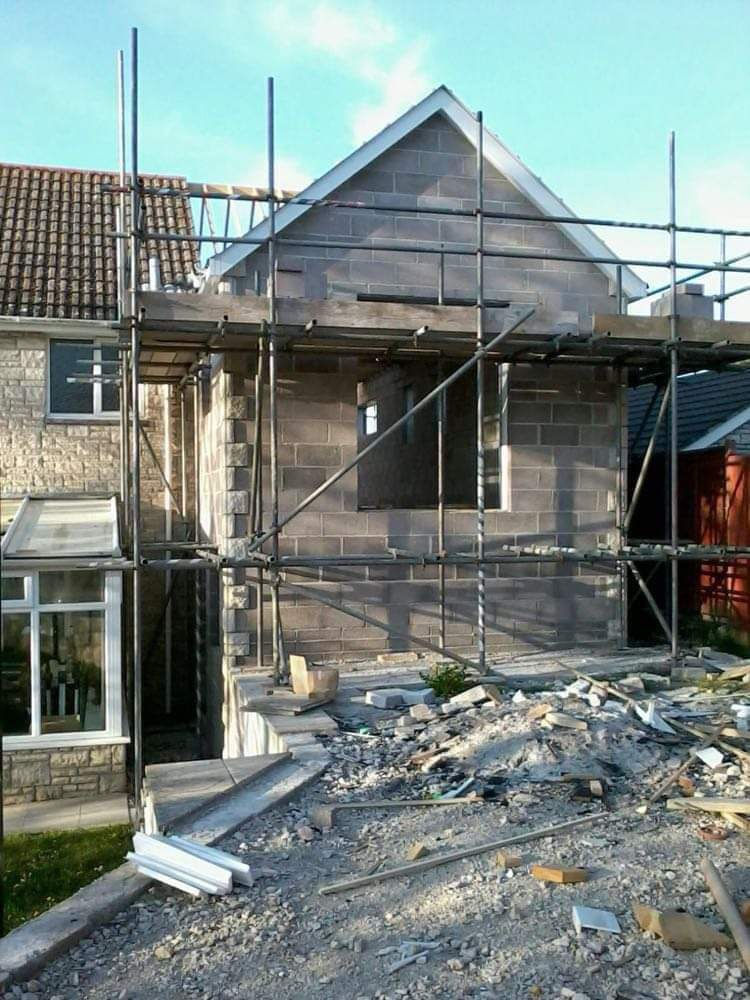Net Zero vs. Concrete Giants: The Future of Car Parks in Dorset
- Rosenkelly Architectural Design

- Jul 4
- 3 min read
Future of Car Parks in Dorset
Across Dorset, multi-storey car parks loom over town centres - stubborn relics of a time when urban planning revolved around the car. Today, these structures present a growing dilemma: they’re underused, visually dated, and carbon-heavy. As local authorities and communities push toward Net Zero targets, we must ask. what do we do with them now?
At Rosenkelly Architectural Design, we believe the answer isn’t as simple as demolishing and replacing. These buildings are loaded with embodied energy, and their real potential lies in rethinking, not razing.
The Embodied Carbon Cost
Most multi-storey car parks are built from reinforced concrete, a material responsible for some of the highest levels of embodied carbon in the built environment. Even before you factor in their operational life, these structures have already racked up a significant carbon footprint.
Demolishing them may seem like progress, but tearing down a high-embodied-energy building and replacing it with something “greener” often results in a net increase in emissions over the short and medium term.
With Dorset’s Net Zero ambitions becoming more urgent, this issue can’t be ignored.
Fit for Purpose… or Ready for Reinvention?
Some Dorset car parks are still functioning assets, particularly in seasonal towns like Weymouth or Lyme Regis. But many are outdated in design and declining in use-especially outside of summer peaks or near underperforming retail areas.
We see these structures not as failures, but as flexible shells -with structure, access, and location that could be leveraged in far more creative, sustainable ways.

Broadmead NPC: A Feasibility Vision
Our concept design for the Broadmead NPC multi-storey car park explored exactly this. Rather than propose demolition, we studied how to layer new uses into the existing frame:
Modular housing inserts to address the local housing crisis
Rooftop public space for community use and greening
Small-scale commercial units to activate the ground level and improve street presence
This wasn’t just a theoretical exercise. It was a serious look at how carbon accounting, social value, and good design could converge to extend the life of an existing asset. not erase it.

What Could Dorset Do?
If Dorset is serious about sustainability, then car parks must be part of the conversation. Their embodied carbon represents a sunk cost—one that could be put to work, rather than thrown away.
Here’s what we believe needs to happen next:
Carbon audits should be required before demolishing large concrete structures
Design competitions or public calls for reuse proposals could unlock community-driven solutions
Pilot schemes, like the one we proposed at Briadmead, should be trialled in towns with struggling car parks
Planning frameworks should support temporary or modular reuse of these structures as a stepping stone to long-term change

A New Chapter for Concrete Infrastructure
As an architectural practice rooted in Weymouth and serving wider Dorset, we’re not just interested in new builds. We’re invested in rethinking what we already have-and making design-led sustainability the default, not the exception.
The question is no longer just “Do we need this car park?”It’s “Can we afford the carbon cost of doing nothing better with it?”
Let’s Reimagine Dorset’s Car Parks—Not Just Remove Them.
If you own, manage, or know of a concrete car park in Dorset that’s ripe for reinvention, get in touch.Let’s explore how we can turn an environmental burden into a community asset.






